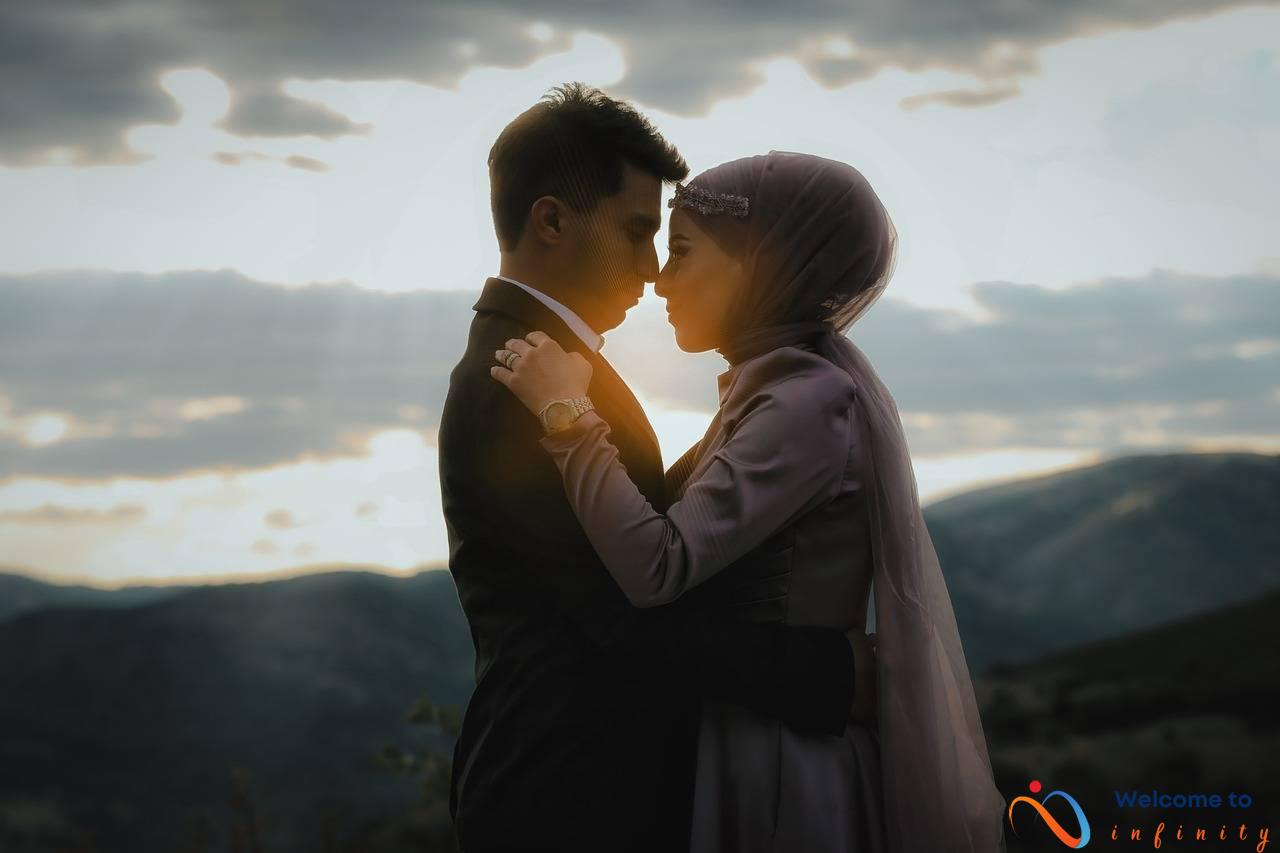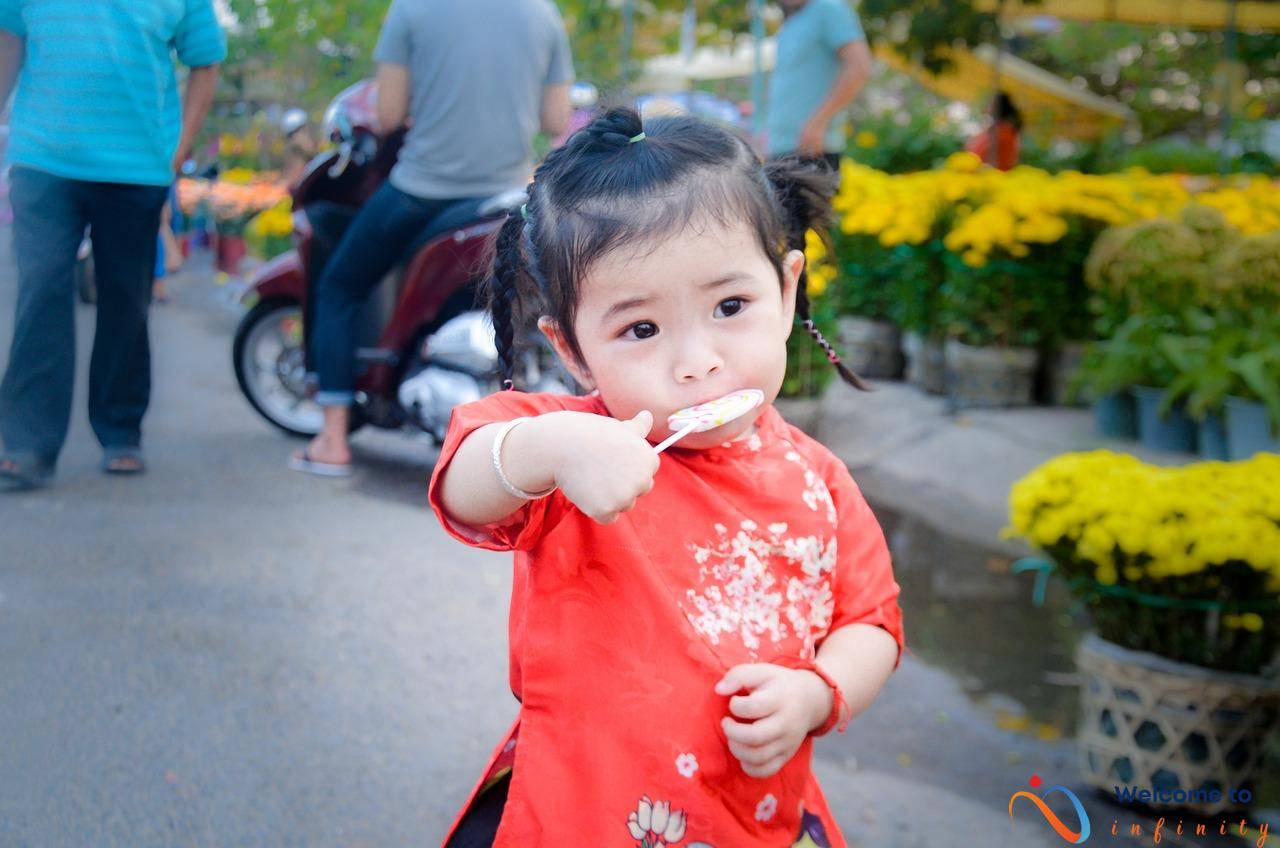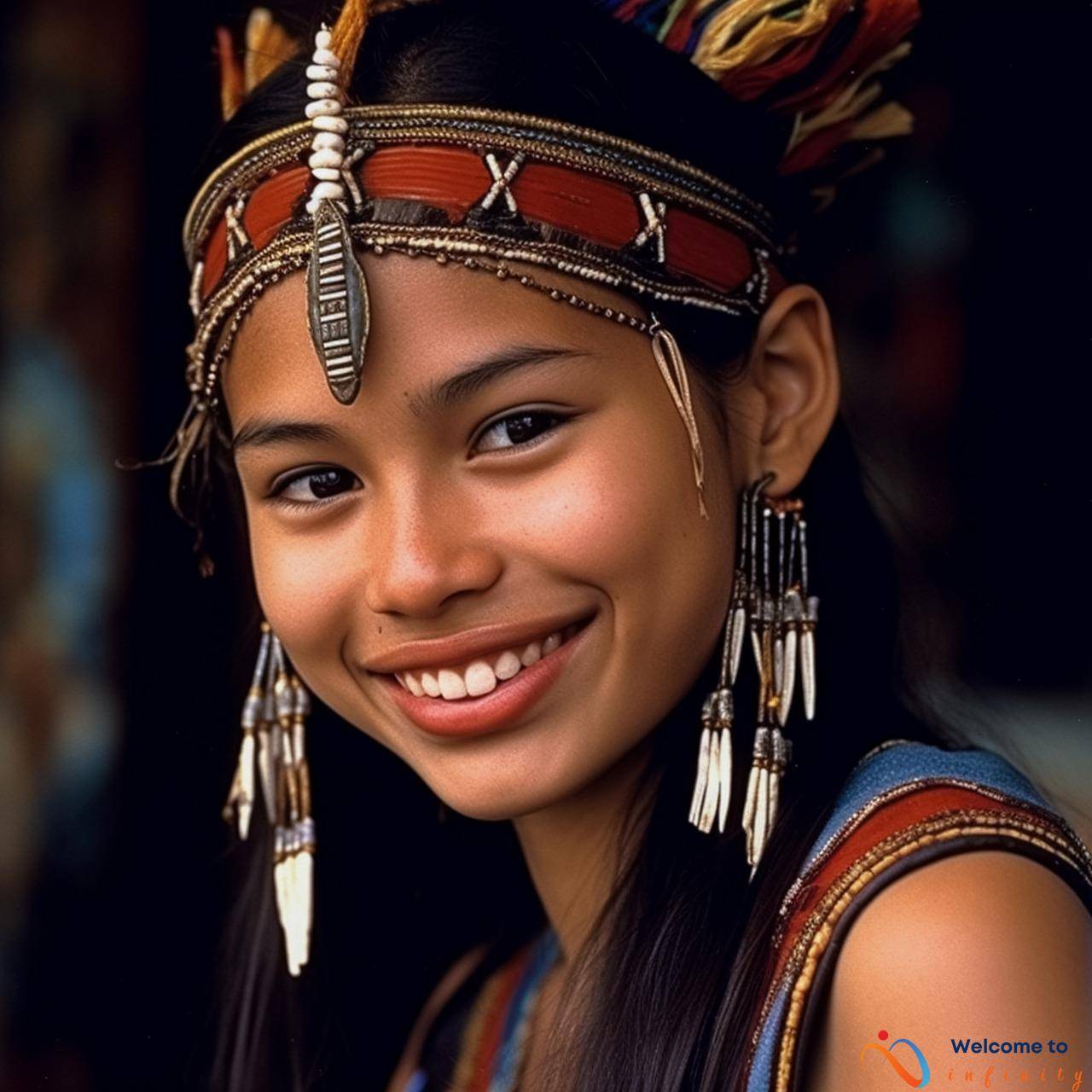In the age of globalization, understanding the intersections of different cultures is becoming increasingly important. As people from different parts of the world come into contact with each other, their cultures inevitably intersect and influence each other. This creates both opportunities for cultural exchange and challenges when different cultural norms and values clash.
This article will explore the ways in which different cultures intersect and influence each other, from language and migration to art and media. It will also examine the role of social media and tourism in shaping cultural intersections and highlight examples of cultural exchange through cuisine, music, and dance.
By examining these intersections, we can gain a better understanding of how cultures shape our worldviews and identities. We can also learn to appreciate and respect the rich diversity of different cultures, and find ways to bridge cultural divides and promote cross-cultural understanding.
The Role of Language
Language is a vital aspect of cultural intersections, and its influence extends beyond just communication. Language shapes our worldview and influences our cultural identities. The words we use and the language we speak shape the lens through which we see the world.
When people from different cultures come into contact with each other, language often plays a significant role in how they interact. Language barriers can create challenges that hinder communication and understanding. However, language can also serve as a bridge that connects people from different cultural backgrounds.
For example, languages have different ways of expressing thoughts and ideas. Certain concepts and emotions may be more difficult to articulate in some languages than others. As a result, learning a different language can lead to a deeper understanding of cultural differences and similarities.
Additionally, language can influence our perception of culture. Certain cultural identities are closely tied to language, and understanding the nuances of a language can help us understand the cultural values it embodies. For example, Japanese culture places great emphasis on politeness, respect, and hierarchy, and these values are reflected in the language.
In conclusion, language plays a critical role in cultural intersections. It shapes our understanding of the world and influences our cultural identities. By examining how language impacts cultural intersections and understanding the nuances of different languages, we can promote cross-cultural understanding and build stronger connections between different cultures.
The Impact of Migration
Migration has played a significant role in cultural intersections throughout history. When people move to new places, they bring with them their cultures, traditions, and languages, which often blend with the culture of the host community. This blending of cultures can lead to the emergence of new cultural identities and expressions, creating a sense of unity and diversity within society.
One example of the impact of migration on cultural intersections is the emergence of hybrid languages. Over time, when different cultures come in contact, people blend their languages to create a new one that allows for better communication. For instance, the Creole language spoken by people of African descent in Louisiana is a blend of French, Spanish, and West African languages. Similarly, Spanglish, a language that mixes Spanish and English, is spoken extensively in the United States, especially in areas with a high population of Hispanic immigrants.
Migration also enables the exchange of cultural ideas, practices, and beliefs, which can influence and transform the cultural landscape of a society. For example, the migration of Africans to South America and the Caribbean introduced new musical styles such as salsa, samba, and reggae, which have become an integral part of the cultural identity of these regions.
Moreover, migration leads to cultural diffusion, which promotes cross-cultural understanding and appreciation. When people from different cultural backgrounds come into contact and interact, they learn about each other's cultural practices, food, beliefs, and traditions, which leads to a mutual respect and understanding of diversity.
In conclusion, migration has been a significant catalyst of cultural intersections and has contributed significantly to the development of new cultural expressions and identities. It has also promoted cross-cultural understanding, respect, and appreciation, which is crucial for building more inclusive and connected societies.
Cultural Exchange through Art and Media
In today's globalized world, art and media have become powerful tools for cross-cultural exchange. They provide an opportunity for different cultures to learn from one another and share experiences.
Art can often challenge cultural stereotypes that have been perpetuated for centuries. Whether it's through literature, painting, or film, art has the power to subvert mainstream narratives and highlight the diversity within different cultures. For example, books like Chimamanda Ngozi Adichie's Americanah and Khaled Hosseini's The Kite Runner challenge assumptions about African and Middle Eastern cultures.
Media, on the other hand, can reinforce stereotypes but also facilitate cross-cultural understanding. Television shows like Fresh Off the Boat and The Mindy Project feature Asian-American and South Asian-American lead characters respectively, providing a platform to showcase their culture and experiences to mainstream audiences. This can help break down barriers and stereotypes and create a more inclusive society.
Through art and media, people from different cultural backgrounds can come together and create something new and unique. From fusion music to contemporary art, cultural exchange through the arts has the power to create new perspectives and broaden our horizons.
In conclusion, art and media provide a powerful platform for cross-cultural exchange. They enable us to challenge stereotypes and gain a deeper understanding of different cultures. By promoting cultural understanding through these mediums, we can create a more tolerant and empathetic society.
The Role of Social Media
Social media platforms like Facebook, Twitter, Instagram, and TikTok have transformed the way people connect with each other across the world. These platforms have created new opportunities for cultural exchange, allowing individuals from different countries and backgrounds to interact and share their experiences. Additionally, social media has facilitated the spread of cultural information and awareness, breaking down barriers between cultures and promoting cross-cultural understanding.
However, there are also potential drawbacks of these developments. The ease of access to social media can lead to the spread of disinformation, fake news, and harmful stereotypes. The spread of cultural ideas and practices through social media can also result in the commodification of cultures, reducing them to superficial marketing tools rather than genuine expressions of identity.
Despite these potential drawbacks, there is no denying the significant role that social media plays in promoting cultural exchange and understanding. By acknowledging the power of social media and utilizing it responsibly, individuals and organizations can leverage its potential to create a more connected and compassionate world.
The Impact of Tourism
Tourism plays an essential role in facilitating cultural exchange and understanding between different societies. However, the impact of tourism on cultural intersections can also lead to cultural commodification, where traditional cultural practices and beliefs are commercialized and presented for tourists' entertainment.
Cultural commodification can lead to the loss of authenticity and traditional meanings behind cultural practices. Hence, it is crucial to engage in responsible tourism practices that respect local cultures, traditions, and customs. Tourists must understand that they are visitors in a foreign land, and their actions can have lasting impacts on the local communities.
In addition to this, responsible tourism practices help preserve the cultural heritage and facilitate mutual understanding between different cultures. Tourists should be encouraged to interact with locals, learn about their culture, and participate in authentic cultural experiences. This can lead to a meaningful cultural exchange that benefits both the visitors and the locals.
Moreover, employers in the tourism industry need to engage in responsible business practices and promote sustainability. The tourism industry should not only benefit the visitors but also positively impact the local economy and the community. This can be achieved by empowering the locals and creating job opportunities that align with the community's values and practices.
In conclusion, tourist activities and responsible tourism practices play a significant role in promoting cross-cultural understanding. Tourism can facilitate cultural exchange, but only if done responsibly and sustainably. By engaging in responsible tourism practices, we can preserve the cultural heritage and build harmonious relationships between different communities.
Overcoming Cultural Barriers
Cultural intersections can create challenges when different cultural norms and values clash. To promote cross-cultural understanding and bridge cultural gaps, it's important to take a proactive approach. The following are some ways to overcome cultural barriers:
- Active Listening: To overcome cultural barriers, it is imperative that we make a conscious effort to listen actively to what others are saying. This will help us to understand their thought process and reasoning, allowing us to bridge the cultural gap.
- Respect: Respecting cultural differences is key to overcoming cultural barriers. One must appreciate cultural norms, values, and customs while acknowledging that they may differ from their own.
- Positivity: A positive attitude is essential to overcome cultural barriers. Embracing cultural diversity with an open mind can go a long way in fostering cross-cultural understanding.
- Cultural Competence: One can overcome cultural barriers by improving cultural competence. By seeking to understand different cultures, we can develop more effective communication skills and cultural awareness.
- Education: Learning about different cultures is an effective way to overcome cultural barriers. Education can help us to understand the reasoning behind cultural differences and bridge the cultural gap.
In conclusion, overcoming cultural barriers is crucial for promoting cross-cultural understanding. Active listening, respect, positive attitude, cultural competence, and education are some effective ways to bridge cultural gaps and promote cultural exchange. By taking a proactive approach to understand and appreciate different cultures, we can create a more connected world.
Cultural Connections in Action
In today's globalized world, cultural intersections can be seen in every aspect of life. From small day-to-day interactions to large-scale movements, cultural exchange is a vital aspect of our interconnected world. In this section, we will explore some examples of cultural intersections in action.
One of the most powerful ways in which different cultures intersect is through food. Cooking and cuisine are excellent examples of how cultural exchange can bring people together. One only needs to look at the popularity of fusion cuisine to see how different culinary traditions can blend to create a unique and delicious experience. Whether it's trying a new dish at a restaurant or exploring the food markets of another country, food is an excellent way to connect with different cultures and broaden your horizons.
Fashion is another area where cultural intersections can be seen. From traditional clothing styles to modern fashion trends, different cultures have influenced each other throughout history. Fashion designers often take inspiration from other cultures to create unique and innovative designs. Seeing how different cultures express themselves through fashion can give us insights into their values and beliefs.
Music and dance are also powerful tools for cultural exchange. Different cultures have their unique styles of music and dance, but they have also been influenced by each other throughout history. Contemporary music genres like reggaeton and K-pop have gained huge followings worldwide, and their success speaks to the power of cultural exchange. Dancing is another way in which people can connect across cultural divides. Whether it's traditional folk dances or modern dance styles, dancing can be a fun and meaningful way to express yourself and connect with others.
Overall, these examples illustrate the power of cultural exchange to enrich our lives and broaden our perspectives. By embracing and celebrating the intersections of different cultures, we can create a more connected and compassionate world.
Cooking and Cuisine
Food has been one of the most significant ways in which cultures have intersected and influenced each other. From fusion cuisine to traditional dishes passed down through generations, cooking and cuisine offer a unique lens through which to explore cultural intersections.
Fusion cuisine, in particular, is a fascinating example of cultural blending in cooking. It involves the fusion of different cuisines and ingredients to create new, exciting flavor combinations. For example, Korean-Mexican fusion cuisine combines traditional Korean dishes with Mexican ingredients to create delicious new dishes like Korean BBQ tacos.
Food can also help to bring people together across cultural divides. Sharing food is a universal way to connect with others, and culinary traditions can reflect cultural identity and heritage. When people share their cultural foods with others, they are sharing a part of themselves and creating a sense of community and connection.
This is exemplified by potluck dinners and food festivals, where people come together to share and enjoy diverse cultural cuisines. Through these experiences, we can gain a greater appreciation and understanding of different cultures and celebrate the intersections that make our world so diverse and rich.
Additionally, food tourism has exploded in recent years, with people travelling to experience the flavors and culinary traditions of different cultures. However, it is important to approach food tourism with respect and sensitivity to the cultural significance of these foods and their place in the communities that create them.
In conclusion, cuisine is a powerful example of cultural intersections. From fusion cuisine to culinary traditions passed down through generations, food brings people together across cultural divides. Through sharing and experiencing different cuisines, we can gain a greater appreciation and understanding of different cultures and promote cross-cultural understanding.
Dance and Music
Music and dance are powerful forms of cultural expression that have the ability to connect people from different backgrounds. They also have a unique ability to transcend language barriers, making them a universal language. Through music and dance, we can see the fascinating ways different cultures have influenced and blended with each other.
For example, many popular styles of music and dance have roots in African cultural traditions that were brought to the Americas through the transatlantic slave trade. From jazz and blues to salsa and hip-hop, we can see how African rhythms and movements have blended with European, Native American, and other cultural influences to create new and unique styles.
Similarly, in Asia, classical Indian dance has influenced a wide range of styles, including bhangra in Punjab, kathak in North India, and odissi in East India. These styles have continued to evolve and blend with other cultural influences, such as Bollywood music and Western pop, creating new and vibrant forms of expression that connect people across cultural divides.
- Music and dance events, such as festivals and concerts, have become important venues for cross-cultural exchange. These events bring together artists and performers from different cultural backgrounds, allowing them to share their unique perspectives and create new and exciting collaborations.
- Additionally, technological advances have made it easier than ever to share music and dance performances around the world. The rise of video-sharing platforms like YouTube has allowed artists from remote or underrepresented cultural communities to showcase their talents to a global audience.
- As we continue to explore the intersections of different cultures through music and dance, it is important to recognize the unique contributions of each culture and to approach cultural exchange with respect and appreciation for diversity.
In conclusion, music and dance represent a powerful force for cultural connection and understanding. By exploring the fascinating ways different cultures have influenced and blended with each other through these forms of expression, we can broaden our perspectives and build a more connected and compassionate world.
Conclusion
In conclusion, we can see that the intersections of different cultures have a significant impact on our society. From the way we communicate with one another to the food we eat, every aspect of our lives is influenced by the cultures around us.
Understanding these intersections is especially crucial in today's globalized world, where people from all corners of the world come together more than ever before. By acknowledging and appreciating each other's cultures, we can promote cross-cultural understanding and create a more connected and compassionate world.
The different ways that cultures intersect and influence each other have been explored in-depth in this article. We have seen how language shapes our understanding of the world, how migration leads to the blending of cultures, and how art and media facilitate cultural exchange.
It is also important to note that the intersections of different cultures can create challenges, such as when different cultural norms and values clash. However, by overcoming these barriers and finding common ground, we can bridge cultural gaps and promote cross-cultural understanding.
Overall, the intersections of different cultures are a vital aspect of today's world, and it is up to us to embrace and celebrate our cultural differences while still finding common ground with one another.







